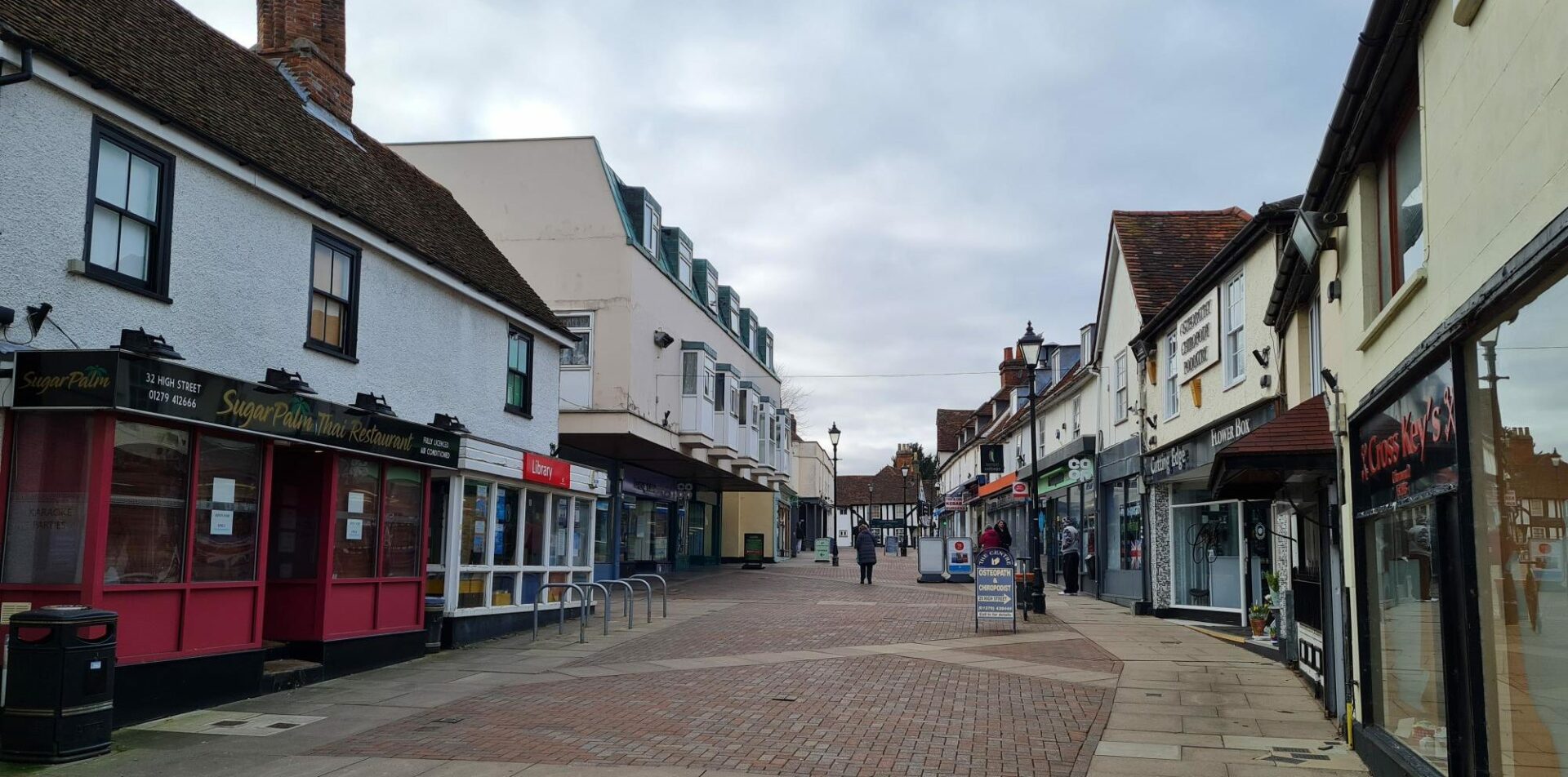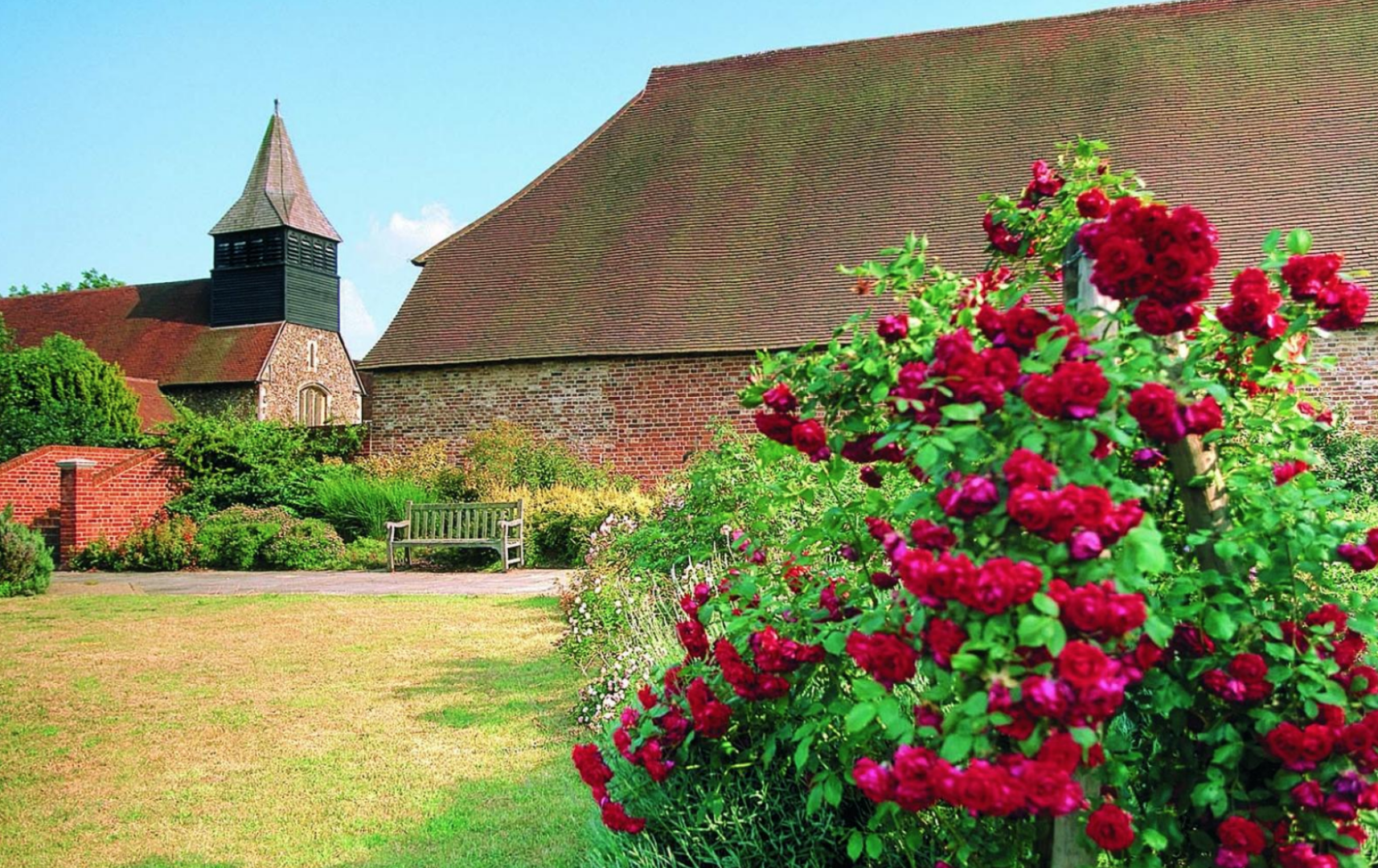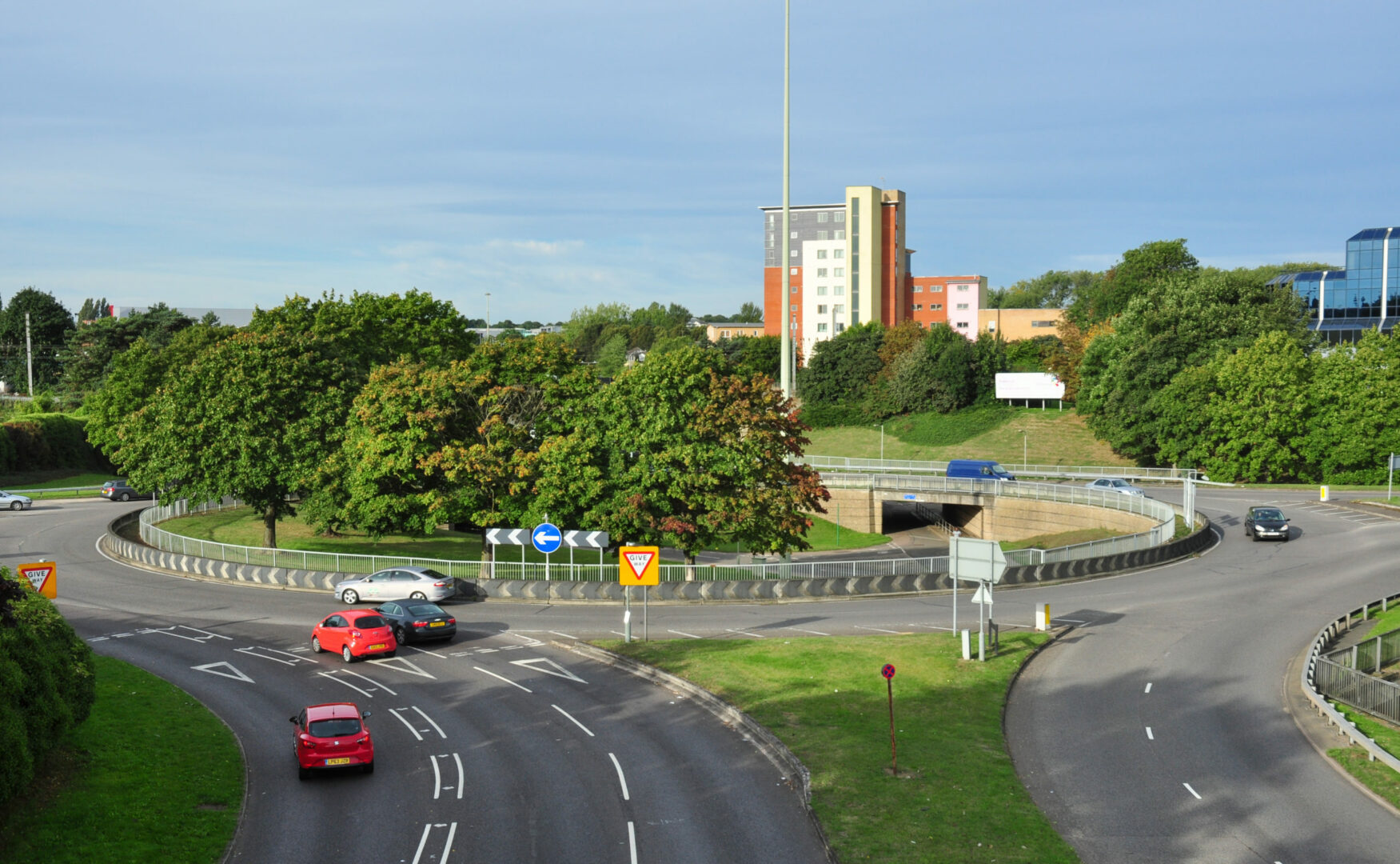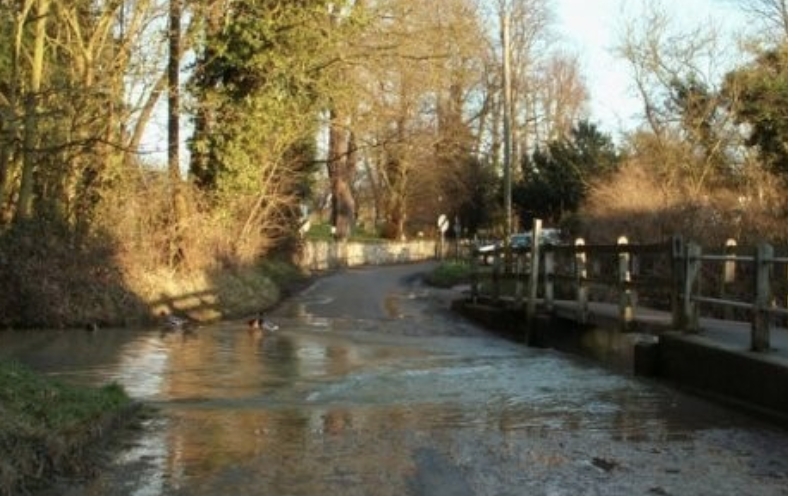OLD HARLOW
Focus On
Old Harlow has become a jewel in the crown of the greater Harlow area over the years and has maintained both property prices and the desire to live there.
In 1944 Harlow was one of 32 locations around London selected as a site for a New Town. On the western edge of Essex, the area consisted of a few scattered hamlets and farms and, apart from the villages of Old Harlow and Potter Street, it was rural and undeveloped, with many fine trees and woodlands. Although close to London, Harlow was never intended to be a satellite of the capital, but rather a self-contained, planned town with its own amenities to house Londoners whose homes had been destroyed in World War II.
A green new town
Eminent architect Sir Frederick Gibberd proposed that the new town should be just west of the original village of Old Harlow. It was to consist of a central civic area surrounded by four large neighbourhood clusters, each with its own shops, churches, library, medical and community centres and schools. The clusters would be separated by wide green areas carrying the town’s main roads. The woodland areas were increased by planting many thousands of trees, thus enhancing Harlow’s rural atmosphere. Many old buildings nestle happily alongside the modern housing developments, and the countryside reaches right into the centre, earning its ‘green town’ reputation.
In and around Harlow you will discover an independent system of cycle tracks, some along former medieval lanes, which conserve the landscape and provide a pedestrian-friendly link with the past. This walk starts from Mark Hall North, the first residential area to be built by Gibberd in 1953, and continues to the rural setting of Old Harlow, Mulberry Green and Churchgate Street in the east. The route taken by the Harlow Museum is an extension of the original lane which ran from the centre of the new town to Old Harlow. On this route you will see Old Harlow, walk through the site of a Roman settlement, now a recreational park, and pass the medieval chapel of Harlowbury before reaching Churchgate Street.





